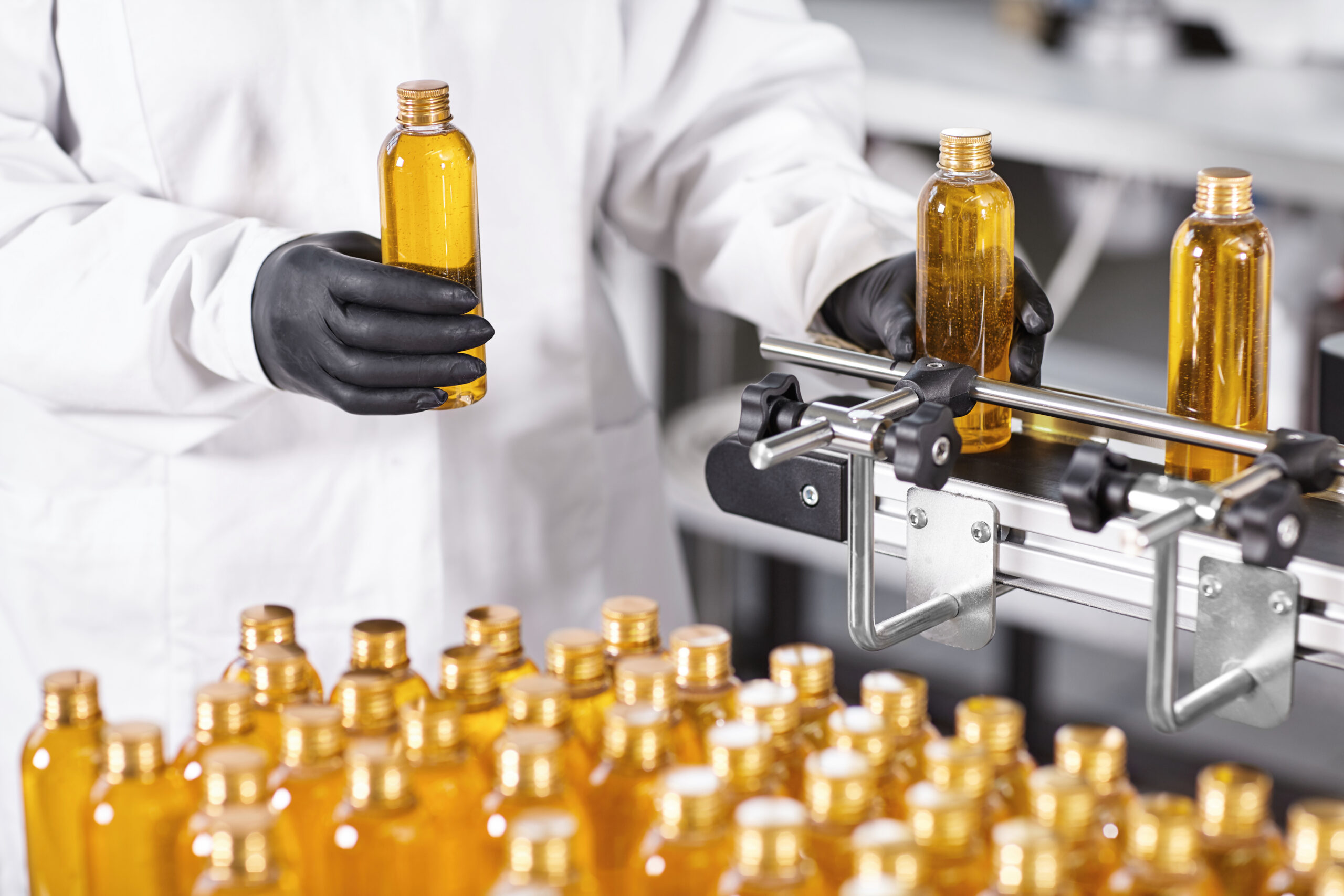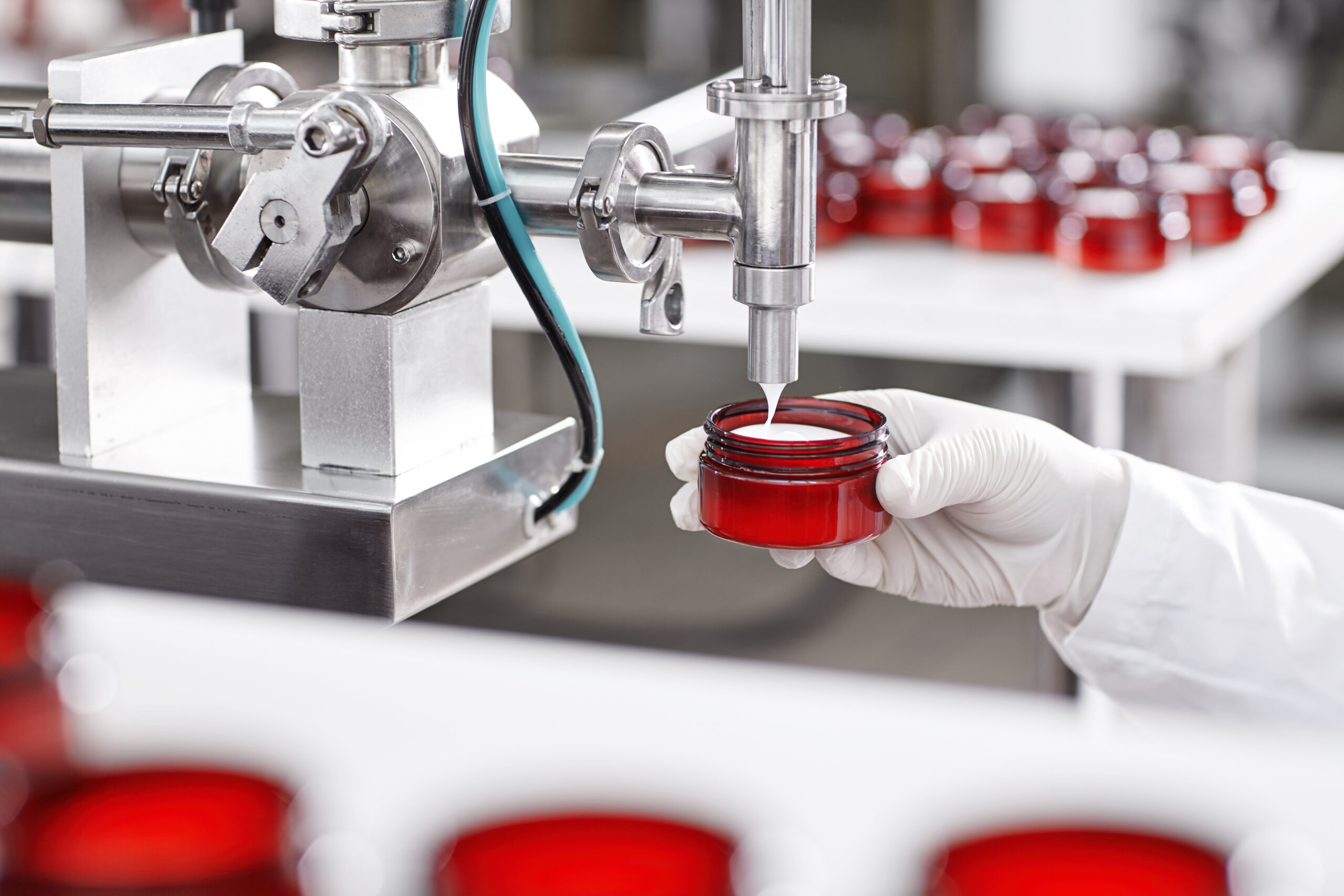Creating vitamins that work isn’t just about getting the dosage right on paper. The manufacturing process determines whether that vitamin C actually survives until it reaches the consumer, whether those B-vitamins remain bioavailable, and whether the final product delivers the health benefits people are paying for. Miss any step, and you’re selling expensive placebos.
But here’s what most people don’t realize – the vitamin manufacturing process varies wildly between facilities. Some prioritize speed and cost-cutting. Others obsess over stability and absorption. The difference shows up in everything from shelf life to actual efficacy.
Vitamin Sourcing Determines Everything That Follows
The vitamin manufacturing process begins long before any mixing or pressing happens – it starts with sourcing decisions that impact every downstream step. Not all vitamin raw materials are created equal, even when they share the same name on a specification sheet.
Synthetic vitamins, natural-source vitamins, and whole-food vitamins each require different handling protocols. Synthetic ascorbic acid is stable and cost-effective, but natural vitamin C from acerola cherries offers co-factors that enhance absorption. Each choice creates a cascade of manufacturing considerations.
Good vitamin manufacturers verify more than just identity and potency. They test for residual solvents from extraction processes, confirm crystalline structure for synthetic vitamins, and validate that natural sources haven’t been adulterated with synthetic versions. Because once compromised raw materials enter the vitamin manufacturing process, no amount of quality control can fix what’s already broken.
Vitamin Stability Requires Specialized Handling
Unlike minerals or herbs, vitamins are notoriously unstable. Light degrades riboflavin. Heat destroys thiamine. Oxygen oxidizes vitamin C. Moisture breaks down folic acid. The vitamin manufacturing process must account for every one of these vulnerabilities.
Temperature-controlled environments aren’t optional – they’re essential. Some vitamins require refrigerated storage even in powder form. Others need inert atmospheres to prevent oxidation. Processing equipment must be cleaned between different vitamin types to prevent cross-contamination that could trigger degradation reactions.
Experienced vitamin manufacturers know that vitamin E protects other vitamins from oxidation, while iron can accelerate their breakdown. They understand that certain pH levels stabilize some vitamins while destroying others. This knowledge shapes every formulation and processing decision.
Blending Vitamins Demands Precision and Patience
Vitamin powders don’t always play nicely together. Different particle sizes create segregation during blending. Electrostatic charges cause some vitamins to stick to equipment walls. Hygroscopic vitamins absorb moisture and clump. The vitamin manufacturing process must overcome all of these challenges while maintaining uniformity.
Specialized blending equipment handles vitamin-specific requirements. Ribbon blenders work well for most vitamin powders, while tumble blenders suit encapsulation blends. Some vitamins require coating or granulation before blending to improve flow properties and prevent segregation.
Blend validation goes beyond visual inspection. Content uniformity testing samples from multiple locations within each batch ensures that every tablet or capsule contains the right amount of each vitamin. Because a vitamin formula is only as good as its most inconsistent ingredient.
Compression and Encapsulation Protect Vitamin Integrity
Tablets aren’t just compressed vitamin powder – they’re delivery systems engineered to protect vitamins until they reach their target. The vitamin manufacturing process controls compression force, tablet hardness, and disintegration time to optimize bioavailability without compromising stability.
High compression forces can generate heat that degrades heat-sensitive vitamins. Low compression creates tablets that crumble or fail to maintain potency. The balance requires understanding each vitamin’s physical properties and stress tolerances.
Capsule filling offers advantages for vitamin combinations that don’t compress well or react during tableting. Vegetarian capsules provide moisture barriers for hygroscopic vitamins. Enteric capsules protect acid-sensitive vitamins from stomach degradation.
Coating and Protection Systems Matter
Many vitamins need protection from their environment – and from each other. The vitamin manufacturing process often includes coating steps that extend shelf life and improve stability. Film coatings protect light-sensitive vitamins. Sugar coatings mask bitter tastes. Enteric coatings ensure vitamins reach the intestines intact.
Microencapsulation technology allows incompatible vitamins to coexist in the same formula. Individual vitamin particles get coated with protective materials that prevent interaction until the coating dissolves during digestion. This enables complex multivitamin formulas that would otherwise be impossible.
Time-release systems extend vitamin absorption over hours instead of minutes. Matrix tablets control release rates. Pellet systems provide multiple release profiles in a single dose. Each technology serves specific bioavailability goals.
Quality Testing Validates Every Promise
The vitamin manufacturing process doesn’t end with packaging – it ends with proof that the vitamins actually work. Potency testing confirms that labeled amounts are present and available. Dissolution testing ensures vitamins release properly in simulated digestive conditions.
Stability testing accelerates aging to predict shelf life under various storage conditions. Real-time studies validate that vitamins maintain potency throughout their labeled expiration dates. Bioavailability studies confirm that vitamins actually reach the bloodstream.
Microbiological testing ensures safety. Heavy metals testing protects against contamination. Residual solvent testing validates that extraction processes were properly completed.
Documentation Creates Accountability
Every step of the vitamin manufacturing process should be documented, traceable, and verifiable. Batch records track which raw materials went into each production run. Environmental monitoring confirms that storage and processing conditions remained within specifications.
Certificate of analysis documents prove that finished products meet all quality standards. Stability data supports expiration dating. Method validation confirms that testing procedures actually measure what they claim to measure.
Because vitamins are about more than nutrition – they’re about trust. People take vitamins believing they’ll improve their health. The manufacturing process is where that belief either becomes reality or becomes disappointment. Choose partners who understand the difference.








